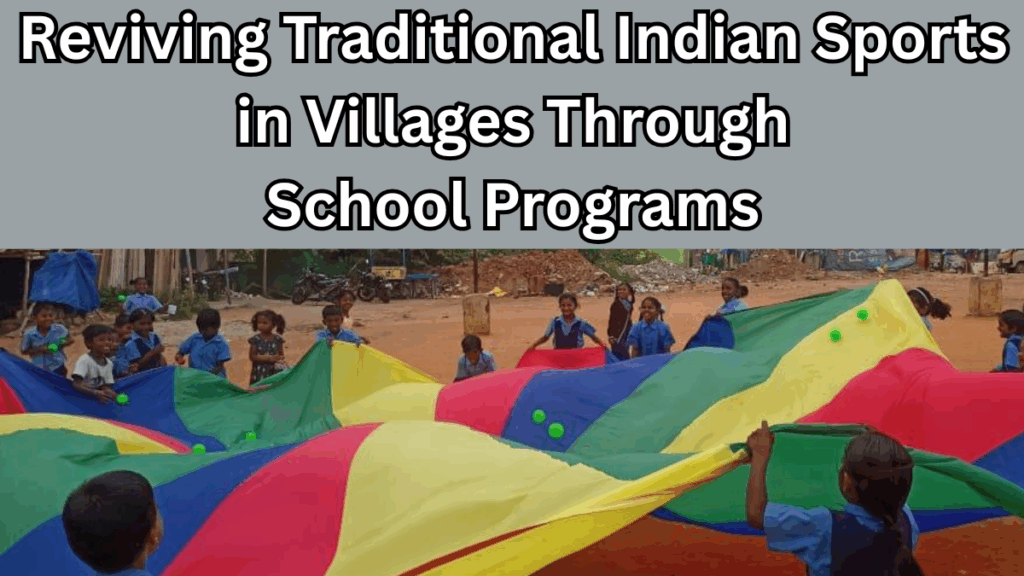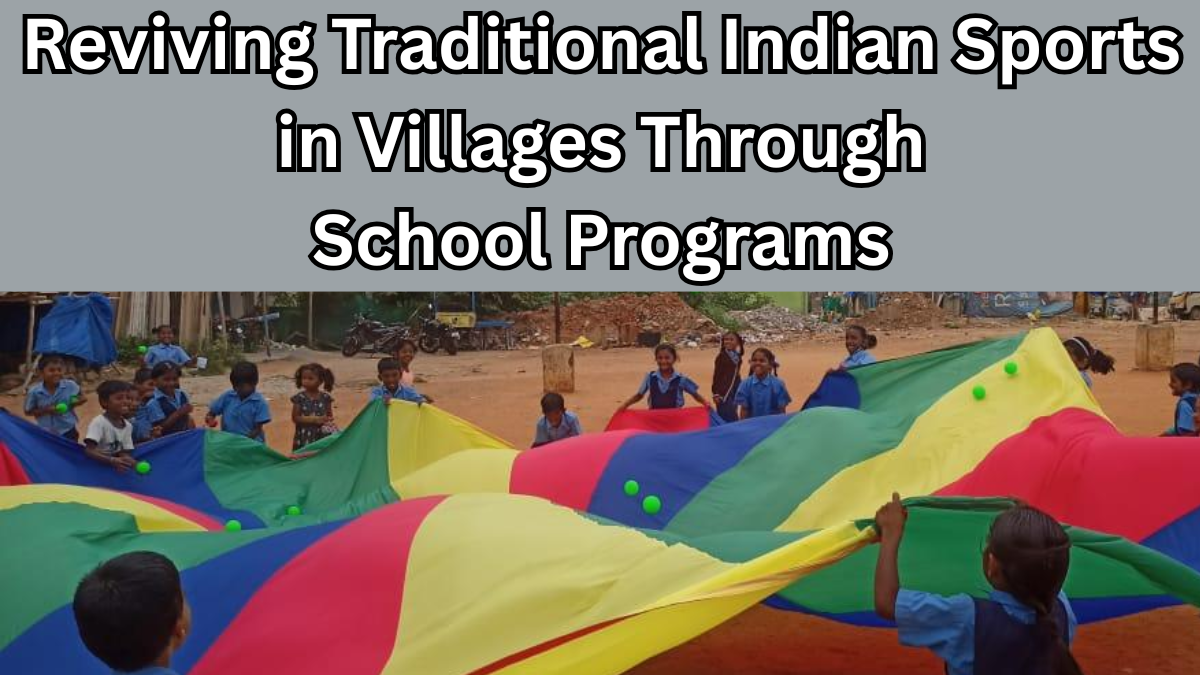In today’s fast-paced world, many age-old practices are fading away, including traditional sports played in Indian villages. These indigenous games are more than just entertainment — they are a part of our cultural identity. Fortunately, school programs across rural India are now taking the lead to bring back these forgotten sports, connecting education with cultural heritage.
This approach isn’t only about playing games; it’s about Education Through Indigenous Games — where learning meets culture, fitness, and fun.

Why Traditional Village Sports Matter
Traditional Village Sports in India are more than physical activities. They are deeply rooted in community bonding, life skills, and cultural learning.
-
Cultural preservation: Keeping alive games like Kabaddi, Kho-Kho, and Gilli-Danda
-
Community bonding: Encouraging teamwork and collaboration among children
-
Skill development: Building discipline, strategy, and resilience through play
-
Holistic education: Blending physical health with moral and cultural learning
School Programs Breathing Life into Indigenous Games
Several schools in rural India are now integrating these sports into their daily activities. The idea is simple — make education enjoyable and meaningful through traditional games.
Key Initiatives Include:
-
Dedicated sports periods: Schools are allocating time for games like Langdi, Mallakhamb, and Kho-Kho
-
Workshops by local athletes: Experienced players are mentoring children in their native sports
-
Annual rural sports festivals: Events showcasing Traditional Village Sports in India, fostering competitive spirit
-
Inclusion in curriculum: Making these games a part of physical education lessons
Benefits of Education Through Indigenous Games
Combining sports with learning creates well-rounded students. Here’s how:
| Aspect | Impact on Children |
|---|---|
| Physical Health | Improved fitness, strength, and stamina |
| Mental Growth | Better focus, decision-making, and problem-solving |
| Cultural Connection | Learning the roots of Traditional Village Sports in India |
| Social Development | Enhanced teamwork and leadership skills |
| Emotional Well-being | Stress relief and joyful learning |
Challenges in Reviving Traditional Sports
Despite the efforts, some hurdles remain:
-
Lack of infrastructure in rural areas
-
Limited awareness among younger generations
-
Decline of local coaches who can teach these games
-
Competition from modern entertainment like video games
The Road Ahead
Reviving indigenous sports isn’t just a nostalgic pursuit — it’s about building a stronger, healthier, and culturally aware generation. By promoting Education Through Indigenous Games, we can ensure these traditions continue to inspire future generations.
FAQs
Q1. Why are traditional sports important for village children?
They build physical fitness, strengthen cultural roots, and teach teamwork and life skills.
Q2. How are schools promoting indigenous games?
Schools are including traditional games in sports periods, conducting workshops, and organizing rural sports events.
Q3. Can these games be part of modern education?
Absolutely! They enhance physical education programs by blending cultural values with skill-building activities.
Q4. Which traditional sports are commonly played in rural India?
Kabaddi, Kho-Kho, Gilli-Danda, Mallakhamb, and Langdi are some of the popular games still enjoyed in villages.
Click here to learn more
